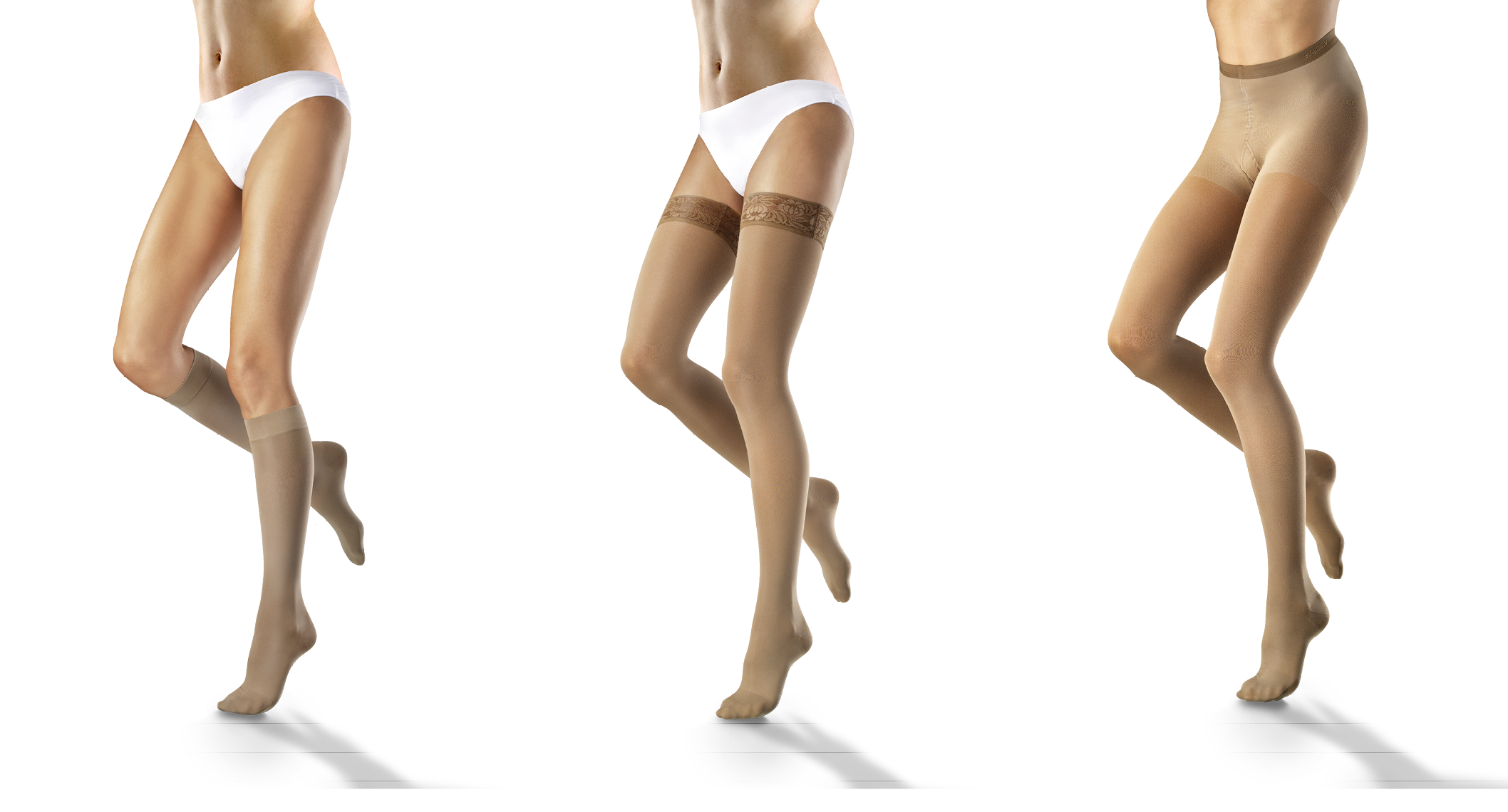For decades a vision has run through our company history like a continuous thread. That vision is to be able to supply the perfect compression stocking and appropriate support stockings for all relevant medical indications and all life situations.
With our quality products VENOSAN® we are able to make an important contribution to the prevention and treatment of venous disorders, for both women and men.
Venosan® – for
lighter legs





